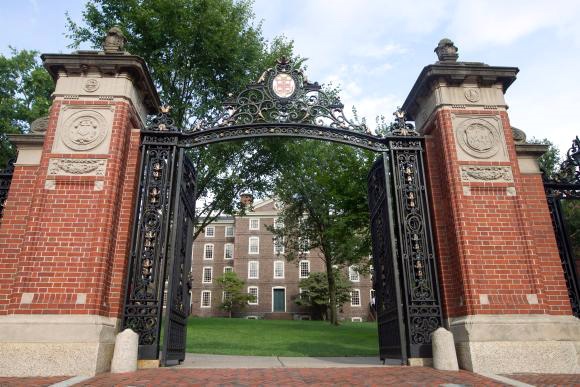
PROVIDENCE – Brown University researchers are going help send the U.S. back to the moon.
NASA on May 11 announced it has selected a team of Brown University scientists to participate in a scientific research effort that will enable the space agency to not only return to the moon for the first time in 50 years but also help to establish a permanent lunar base there.
The research effort, known as as LunaSCOPE – Lunar Structure, Composition, and Processes for Exploration, will examine the moon’s origin, evolution and structure to inform NASA’s upcoming moon missions and future exploration efforts. It will focus on five main research areas, spanning the magnetism of the moon, its volcanic and tectonic activity, and the formation and evolution of the moon’s impact craters and lunar dust.
The team will include 24 faculty members from Brown University’s Department of Earth, Environmental and Planetary Science and 26 researchers from 21 other institutions around the world. The group was among five new research teams chosen to collaborate on lunar science and analysis for the next five years as part of NASA’s Artemis program.
“Our work will be doing a large-scale, very fine characterization of the moon and its history, trying to understand surface properties and characterizing potential hazards, like the possibility of moonquakes,” said Alexander Evans, an assistant professor of earth, environmental and planetary sciences at Brown and LunaSCOPE’s principal investigator. “This includes everything from the size of the particles on the surface to what materials there are on the moon, like the amount of water or other precious metals that might be used to sustain a habitat.”
The LunaSCOPE team will be supported by a five-year grant from NASA, expected to total approximately $7.5 million. Its work will be part of NASA’s Solar System Exploration Research Virtual Institute, which was created to address fundamental research questions for human and robotic exploration of the moon, near-Earth asteroids, two Martian moons and their near-space environments.
“I’m incredibly excited to welcome our new SSERVI teams,” said Greg Schmidt, SSERVI’s director at NASA’s Ames Research Center. “Their wide variety of experience in a broad range of lunar sciences will add to the great science we’re already accomplishing and contribute immensely to Artemis and a new era of landed missions on the moon as we progress toward a sustainable future on the moon and eventually Mars.”










